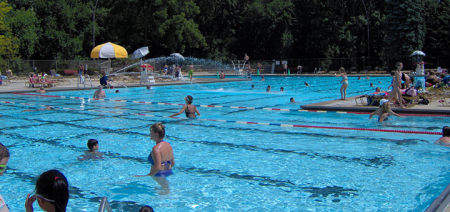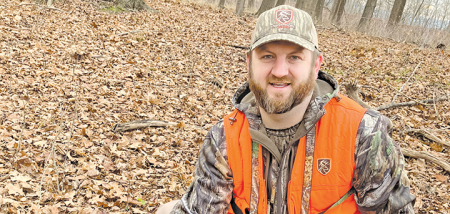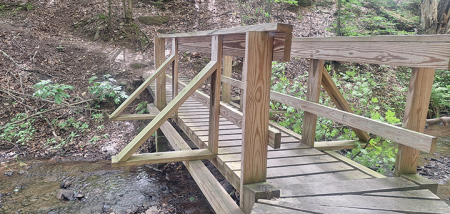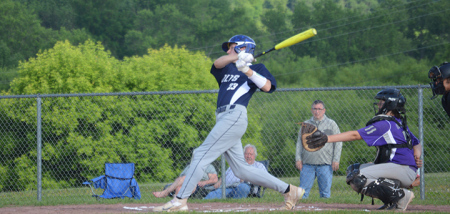Outdoor Chenango: Early Ice Fishing
Published:
December 21st, 2022
By:
Eric Davis
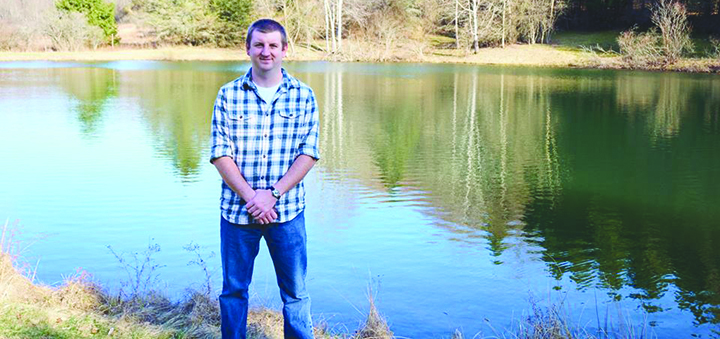
When I worked in sporting goods retail, when there was enough ice to fish before New Year’s Day, it would be a good season for ice fishing sales.
This ice fishing season is likely going to be one of those seasons. The upcoming cold snap starting Friday night following a couple warm rainy days will help form good, clear black ice. As long as warm temperatures don’t creep back in, the ice should be in good shape in no time.
Early ice fishing can be very productive as the fish are still in their open-water mindset, especially if there isn’t a lot of snow on top of the ice to darken the water below. Fishing around and in weedbeds is a great place to start your day. Some fish such as bluegills and pumpkinseeds use vegetation for cover as well as feeding on insects that are on the vegetation. Small jigs tipped with spikes, mousies, or wax worms fished on the edges of the vegetation, especially the deeper edge, can lure these fish out from their hiding spot.
Other fish use the vegetation as an ambush location, such as pickerel. If you use tip-ups, set it so that your minnow is only a foot or less above the vegetation.
Be careful not to put out too much line as the minnow will swim into the vegetation to hide from potential predators and wrap your line up in the weeds. I like to set up my tip-ups in a star or circle pattern so that I can see all of them from wherever I set up to jig. Fishing around vegetation eventually gets worse and worse as the winter goes on because the plants begin to die off as they stop receiving sunlight due to snow on the ice. So, you should try to make the most of fishing vegetation before this starts to occur.
In deeper bodies of water, finding rock piles or following points out from shore can help you locate perch. Perch like to eat both small fish and insects so sensitive tip-ups and jigging can both be productive. Having a handful of tip-ups out helps when the school of perch come through giving you a chance to catch multiple fish in a short period of time.
Since perch school up and are always moving, if you catch one while jigging it is critical to get your jig back down the hole as fast as you can before the rest of the school moves off. Tungsten jigs are more expensive than lead jigs but they are denser so they sink faster at equal sizes. Or you can get away with a smaller jig made of tungsten that will have less resistance as it sinks compared to a larger jig.
Fishing for crappie can be difficult as they seem to suspend almost randomly during the day. Using electronics such as a Vexilar or Marcum, you can look for fish suspended in the water column. However, fishing for crappies can often get good after dark as they head into shallower areas to feed.
Some people like to use tip-downs for crappies instead of tip-ups as crappies are light biters. Jigs tipped with small minnows are popular. Swedish pimples are also popular for jigging for crappies.
No matter what type of fish you are trying to target, be willing to be mobile and try different things if the fishing is slow. Sometimes a few feet of movement or trying a different color jig is all it takes to start catching fish.
Author: Eric Davis - More From This Author
Comments
